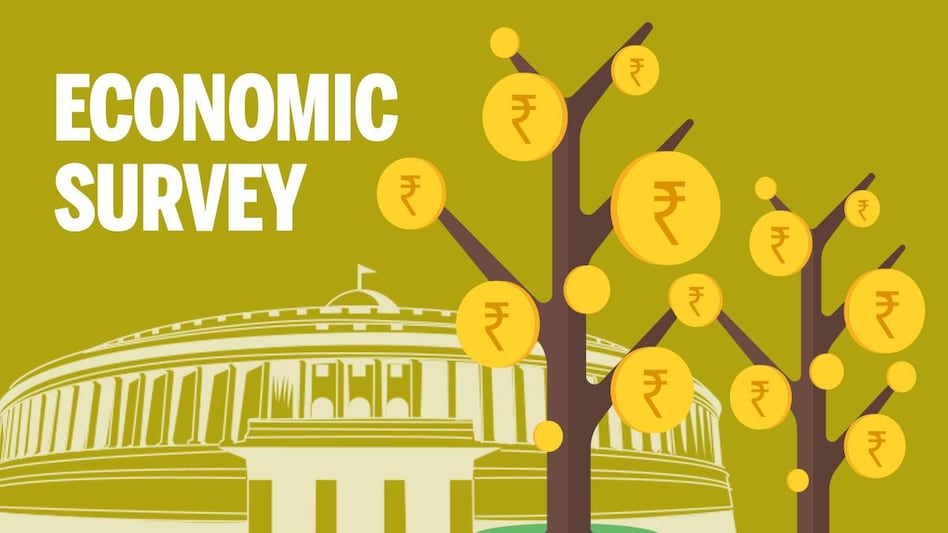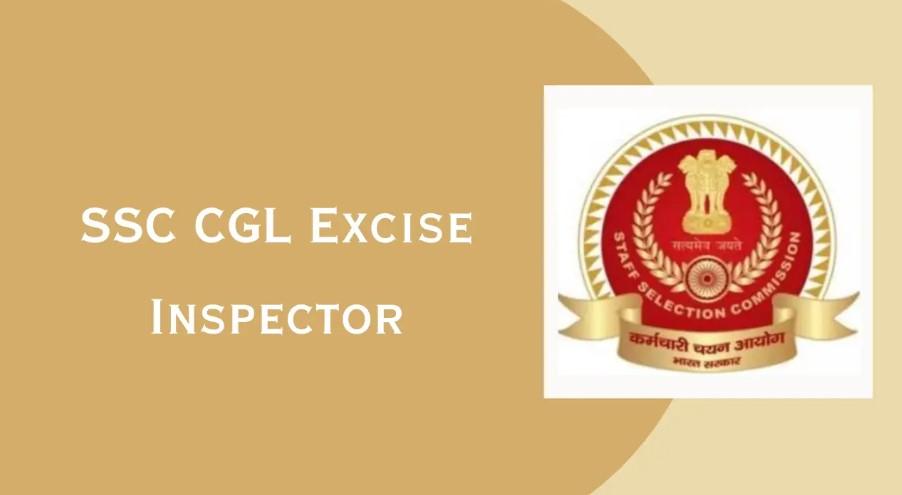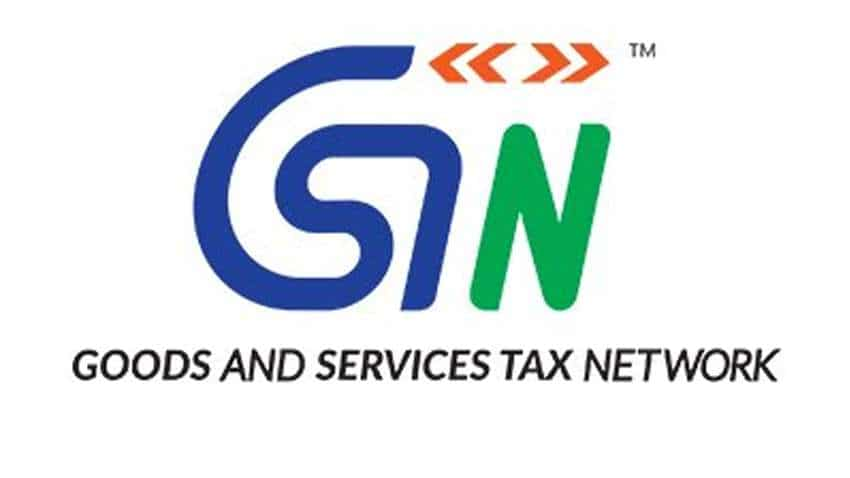IN THE HIGH COURT OF PATNA
Miscellaneous Appeal No.620 OF 2009

Vs
H M MEDIA, PATNA
S K Katriar and S P Singh, JJ
Dated: April 29, 2011
Appellant Rep by: Mrs. Nivedita Nirvikar, Adv
Respondent Rep by: Mr. Vikash Jain, Sr. Adv Mr. Rakesh Kumar Singh, Adv
JUDGEMENT
Per: S S Katriar:
The Department of Central Excise, Government of India, has preferred this appeal under Section 35G of the Central Excise Act, 1944 (hereinafter referred to as “the Act’), and challenges the order dated 12.6.2009, passed by the Customs, Excise and Service Tax Appellate Tribunal, Eastern Bench, Kolkota, in S.T. Appeal no.163 of 2008 ( M/s H.T. Media Vrs. Commissioner of Central Excise & S. Tax, Patna), whereby the order dated 28.5.2008 (Annexure-3), passed by the learned Commissioner of Central Excise and Service Tax, Patna has been set aside, and the assessee (respondent herein) has been directed to make full payment of service tax for the period January 2005 to March 2005, without the benefit of abatement of tax.
2. A brief statement of facts essential for the disposal of this appeal may be indicated. It is with respect to the period January 2005 to March 2005. The assessee is engaged in the business, inter alia, of production and circulation of news papers, and its printing activities are carried out in the township of Patna. The news papers were carried to different destinations by means of road transport, the service providers, the assessee being the consignor. The assessee is liable to payment of service tax on freight charges in view of the provisions of the Finance Act 1994. In view of the legal advice to the assessee to the effect that it was entitled to abatement of 75 percent of service tax on the gross value of taxable service, it submitted its returns and deposited Rs. 41,006, being 25 percent of the service tax.
2.1. The Director General of Service Tax, Mumbai, issued circular dated 30.3.2005, clarifying the position that the benefit of exemption of abatement of tax to the extent of 75 percent shall be available to the goods transport agency (hereinafter referred to as the G.T.A), the service provider, being the carrier, and not to consignor and consignee. In view of this clarificatory circular, the assessee deposited a further sum of Rs.1,08, 153/- on 6.5.2005. He deposited a further sum of Rs. 3,442 on 12.5.2005 by way of interest on the delayed deposit.
2.2. This was followed by another clarificatory circular no. B1/6/05-TRU, dated 27.7.2005, which in substance provided that the benefit of abatement of tax to the extent of 75 percent shall be available to the consignors and consignees also. It was further clarified that a declaration by G.T.A. on the consignment note may suffice. In view of the clarificatory circular dated 27.7.2005, the assessee submitted his application on 20.10.2005, for refund of Rs.1,26,471/-, being the amount of abatement on service tax to the extent of 75 percent. After hearing the parties, the learned Adjudicating Officer passed order dated 28.12.2006, directing refund of Rs.1,10,854/-.

2.3. Aggrieved by the order of refund of 28.12.2006, the learned Commissioner of Central Excise suo motu invoked the powers under section 84 of the Finance Act 1994, and issued notices to the concerned parties to show-cause as to why the said order dated 28.12.2006, be not set aside. On a consideration of the materials on record and after affording reasonable opportunity to the parties, the learned Commissioner passed the aforesaid order dated 28.5.2008, whereby he set aside the order dated 28.12.2006, and directed the assessee to deposit a sum of Rs.1,10,854/-. Aggrieved by this order, the assessee preferred appeal before the learned Tribunal which has been allowed by the impugned order, the order of the learned Commissioner has been set aside, that of the learned Adjudicating Officer has been restored. Hence this appeal at the instance of the Revenue.
3. The appellant has formulated the following substantial questions of law:
“(i) Whether, after taking into consideration the facts stated above, the Final Order no.A-31/Kol/09 dated 12.1.2009 of Hon’ble CESTAT setting aside the Order-in-Revision dated 28.5.2008, and order no. M-173/Kol/2009 dated 12.6.2009 rejecting the Miscellaneous Application for Rectification of Mistake of the Revenue in the matter, are legal and correct?
(ii) Whether, by an order passed under section 35K of Central Excise Act 1944, Hon’ble High Court should set aside the order passed by the Hon’ble CESTAT (EZB), Kolkata and the case of the Revenue may be remanded to Hon’ble CESTAT (EZB) Kolkata for decision with proper analysis of the provisions of law?”
4. Learned counsel for the parties have advanced elaborate submissions in support of their respective stand.
5. We have perused the materials on record and considered the submissions of learned counsel for the parties. It is evident from the narration of facts indicated hereinabove that, in view of the provisions of the Finance Act 1994, as understood during the period in question, the assessee had on different dates from January 2005 to March 2005, deposited the service tax totalling a sum of Rs.41,006/-. After expiry of the period, they submitted the returns. It is further evident that, on the penultimate day of the period in question, the authorities issued clarificatory circular dated 30.3.2005, to the effect that the benefit of abatement of service tax to the extent of 75 percent shall be available to G.T.A, and not to the consignor or the consignee. It further appears to us that the authorities realised the fault which had occurred in the circular dated 30.3.2005, and issued another clarificatory circular dated 27.7.2005, wherein it has been stated that the benefit of abatement of service tax shall be available to consignors and consignees also, and the declaration by the G.T.A. on the consignment note may suffice. The relevant portion of the circular dated 27.7.2005, is reproduced hereinbelow:
“ 31.1 An abatement of 75% in taxable service of goods transport by road is available on the condition that the goods transport agency has not availed credit on inputs and capital goods used for providing taxable service and has also not availed benefit of notification No. 12/2003-Service Tax dated 20.6.2003 (vide Notification No.32/2004-Service Tax, dated 3.12.2004). It has been requested that in cases where liability for tax payment is on the consignor or consignee, the procedure as to how it should be confirmed by such consignor or consignee that the goods transport agency has not availed credit or benefit of notification No.12/2003-Service Tax may be prescribed. In such cases it is clarified that a declaration by the goods transport agency in the consignment note issued, to the effect that neither credit on inputs or capital goods used for provision of service has been taken nor the benefit of notification No.12/2003-Service Tax has been taken by them may suffice for the purpose of availment of abatement by the person liable to pay service tax”
(Emphasis added)
6. It is thus evident that confusion was created by the redundant circular dated 30.3.2005, which was rectified by the circular dated 27.7.2005. We are of the view that, in such a situation, coupled with the bona fides clearly attributable to the assessee, the benefit of the circular dated 27.7.2005 would be available to the assessee. After issuance of the circular dated 27.7.2005, the assessee submitted his application dated 20.10.2005 for refund. Nearly seven months had lapsed from the last date of the period in question. Coupled with this is the law-abiding spirit of the assessee that, in view of the quondam circular dated 30.3.2005, the assessee deposited a sum of Rs. 1,08,153/- on 6.5.2005, and further sum of Rs.3,442/- on 12.5.2005.
7. In such a situation, the primary question for consideration is whether or not, at this belated stage, it was possible for the assessee to strictly comply with the terms of the circular dated 27.7.2005, or the evidence brought before the learned Adjudicating Officer to claim the refund on account of abatement had adequate evidentiary value and fit to be accepted. It appears to us that the assessee may have found it difficult to retrieve the consignment notes from the consignees. In such a situation, we are inclined to accept the submission advanced on behalf of the assessee that it was no longer possible for them to obtain the declaration by the G.T.A. on the consignment notes because the same had gone out of the control and possession of the consignor or the G.T.A. long time ago. The assessee was, therefore, left with other mode and manner of proof to claim the refund.

7.1. It is evident on a perusal of the relevant portion of the circular dated 27.7.2005, extracted hereinabove, that the declaration by the G.T.A. on the consignment note is not in mandatory terms, and is to the effect that such declaration by the G.T.A. on the consignment note may suffice. In other words, it is open to the discretion of the learned authorities under the Act to consider other mode and manner of evidence to consider the claims of the benefit of abatement. Sample copies of the certificates issued by the G.T.A, which were furnished before the learned Adjudicating Officer while claiming refund, are on record, and appears to the effect that such abatement had not been claimed by G.T.A. We are of the view that the same had adequate evidentiary value in a situation of confusion created by the authorities by issuance of the redundant circular dated 30.3.2005. We consider the evidence produced by the assessee to claim the benefit of abatement and consequent refund to be surely in substantial compliance of circular dated 27.7.2005.
8. The Supreme Court has held in its judgment dated 18.11.2010, passed in Civil Appeal Nos. 1878-1880/2004 (CCE Vs.Hari Chand Shri Gopal ) as follows:
“ Para 24 the Doctrine of substantial compliance is a judicial invention, equitable in nature, designed to avoid hardship in cases where a party does all that can reasonably expected of it, but failed or faulted in some minor or inconsequent aspects which cannot be described as the “essence” or the “substance” of the requirements … Certainly, it means that the Court should determine whether the statute has been followed sufficiently so as to carry out the intent for which the statute was enacted and not a mirror image type of strict compliance. Substantial compliance means “actual compliance in respect to the substance essential to every reasonable objective of the statute” and the court should determine whether the statute has been followed sufficiently so as to carry out the intent of the statute and accomplish the reasonable objectives for which it was passed. …Substantial compliance of an enactment is insisted, where mandatory and directory requirements are lumped together, for in such a case, if mandatory requirement are complied with, it will be proper to say that the enactment has been substantially complied with notwithstanding the non-compliance of directory requirements. In cases where substantial compliance has been found, there has been actual compliance with the statute, albeit procedurally faulty. …If the requirements are procedural or directory in that they are not of the “essence” of the thing to be done but are given with a view to the orderly conduct of business, they may be fulfilled by substantial, if not strict compliance.”
9. In view of the position that the situation of confusion brought about by the Department, coupled with the bona fides of the assessee, it was extremely difficult for the assessee to obtain declaration by G.T.A. on the consignment note, not being a mandatory condition. We are of the view that the evidence produced by the assessee has rightly been accepted as valid by the learned Adjudicating Officer. The learned Commissioner erred in setting aside the same on a hyper-technical view of the matter, and erroneously passed the order dated 28.5.2008. In that view of the matter, we uphold the order of the learned Tribunal of 12.6.2009. We set aside the order of the learned Commissioner passed on 28.5.2008, and restore that of the learned Adjudicating Officer passed on 28.12.2006.
10. In the result, this appeal is dismissed. The order dated 12.6.2009, passed by the learned Tribunal is hereby upheld. The substantial questions of law are answered against the Revenue, and in favour of the assessee. It shall be entitled to amount of refund along with interest at the same rate at which the Revenue is entitled to interest for delayed deposit by the assessee, from the dates of deposits of the excess amount till the date of refund. In the facts and circumstances of the case, there shall be no order as to costs.

Note : As a part of Our Quality Policy , We Don’t Publish any Restricted Material on our Website . If you have issues kindly let us know here
Related Tags GTA, Judgements, News, Servicetax













